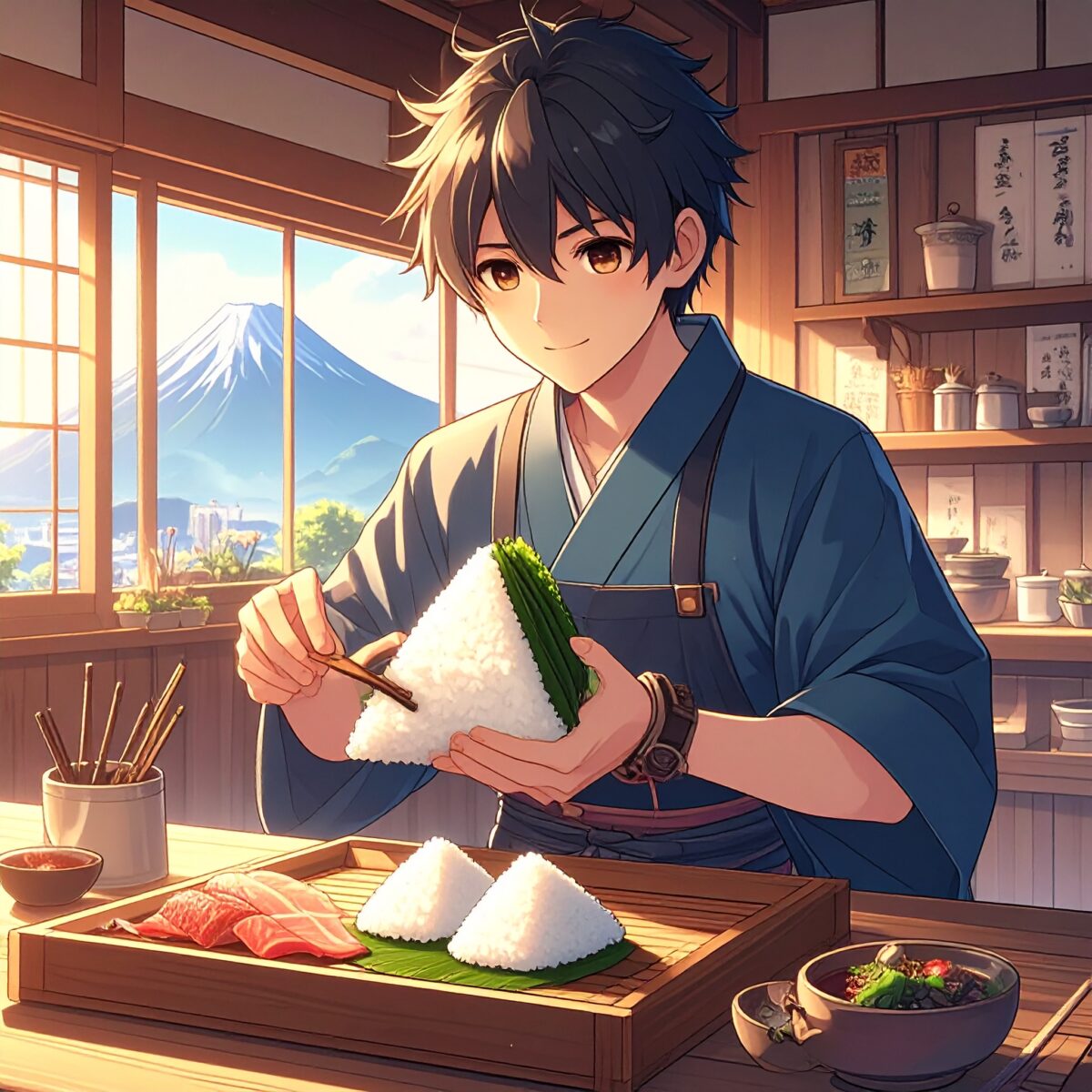Onigiri—a staple of the Japanese table—is more than just a rice ball. When you shape freshly cooked rice in your hands, enclose a filling, and wrap it in seaweed, you’re practicing an act of care: honoring the rice, thinking of family, and celebrating a rich food culture. The “Become an Onigiri Master!” experience is designed for you to learn, taste, and share that very heart of Japanese cuisine.
This hands-on program is offered at local cooking school hubs near tourist spots, farm stays, or community centers—making it easy for travelers to join. It’s suitable for all ages and skill levels. In fact, those who usually eat onigiri but don’t often make them will find even more delight in the discovery process.
First, you explore the star of the show: rice. You’ll learn about the type of rice used in the region, how water quality, cooking tools, and local climate shape the taste. Tasting the warm rice—its sweetness, softness, and aroma—heightens your appreciation for this humble grain before even beginning to shape an onigiri.
Next comes the art of shaping. You’ll learn about the role of salt, how the warmth of your palms affects the rice, and mastering the right pressure and rhythm—too firm, and the rice gets tough; too soft, and it falls apart. Shapes vary—triangle, round, cylinder—and finding the one that feels best to you is part of the fun. For families, watching children mimic their parents, using their small hands to mold rice, naturally brings smiles and connection.

The fun doesn’t end with shaping the rice—choosing the filling is another highlight of the experience. Alongside classics like umeboshi (pickled plum), salmon, bonito flakes, and kelp, you’ll also encounter regional specialties: local pickles, miso, mountain vegetables, or seafood unique to the area. Wrapping these fillings into rice and taking that first bite reveals the perfect balance of flavor, saltiness, and texture. You might try several and discover your own “Best of Onigiri”—a true milestone on the journey to mastery.
Once your onigiri are ready, they’re served with seasonal soups and local pickles on wooden dishes or bamboo plates—a feast for both the palate and the eyes. There’s something especially delicious about eating freshly made rice outdoors. In that moment, the warmth of your hands and the beauty of the surroundings come together in a harmony that no luxury cuisine can match.
At the end of the experience, many programs award an Onigiri Master Certificate, making it a proud keepsake for children and adults alike. You can also take home a photo or design your own label—turning the experience into a lasting memory.
This hands-on program is highly popular with international visitors—English-speaking staff and multilingual recipe sheets are provided. Participants often say, “I want to make this when I go home.” Learning the art of using chopsticks and shaping onigiri becomes a true cultural exchange.
Onigiri are simple and familiar to Japanese people—but that very simplicity carries centuries of wisdom, care, and warmth. Taking the time to understand how they are made provides a deeper appreciation for food and daily life. A single rice ball made during your journey may just become your personal “first taste” of Japan—one that stays with you long after you return home.




